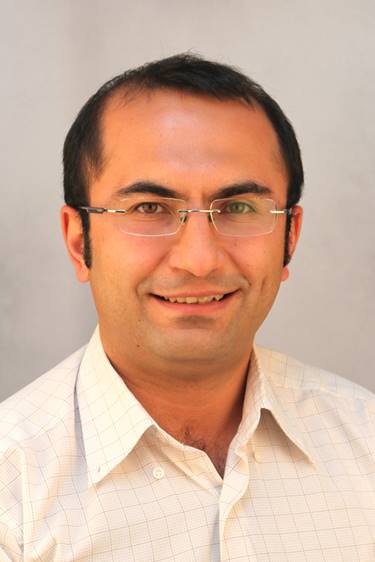
Hurricane tracks can be erratic. Sometimes storms change directions, they wobble, or move in an unpredictable path that can pose unique challenges for evacuees.
Now, two FAMU-FSU College of Engineering faculty members have received a $500,000 National Science Foundation grant to develop several models that address how the uncertainty of a hurricane track can affect evacuation practices.
Eren Ozguven, assistant professor of civil and environmental engineering, and Wenrui Huang, professor of civil and environmental engineering, are looking at coastal hazard modeling (wind, storm surge and wave) as well as massive evacuation modeling to provide emergency management officials with realistic data needed to determine hurricane evacuation routes.

They also want to design and implement a geographic information system (GIS)-based network methodology to optimally locate hurricane shelters and maximize the accessibility and capacity of existing hurricane shelters.
“By using analytics we can measure real-life conditions and compare predictions of hurricane tracks and storm surges,” Ozguven said. “We also want to connect population demand to the equation.”
State emergency management officials have long encountered difficult evacuation scenarios when large hurricanes have hit Florida. For example, during the lead-up to Hurricane Irma last year, the direction of the hurricane changed multiple times leaving evacuees scrambling to get out of the way of the storm. This resulted in terrible traffic congestion and dangerous road conditions.
“The knowledge gained from this project will improve our understanding of emergency transportation operations and contribute to the development of new disaster-related policies and plans for local and state governments,” Ozguven said.
The grant also includes an educational component for College of Engineering students. Students who are a part of the research will participate in the NSF’s Excellence in Research Undergraduate Program, which works to broaden research participation in underrepresented minority populations.
“Our students will have opportunities to engage in research activities, conferences and be able to contribute to a well-educated multidisciplinary workforce in our rapidly changing world,” Huang said.




